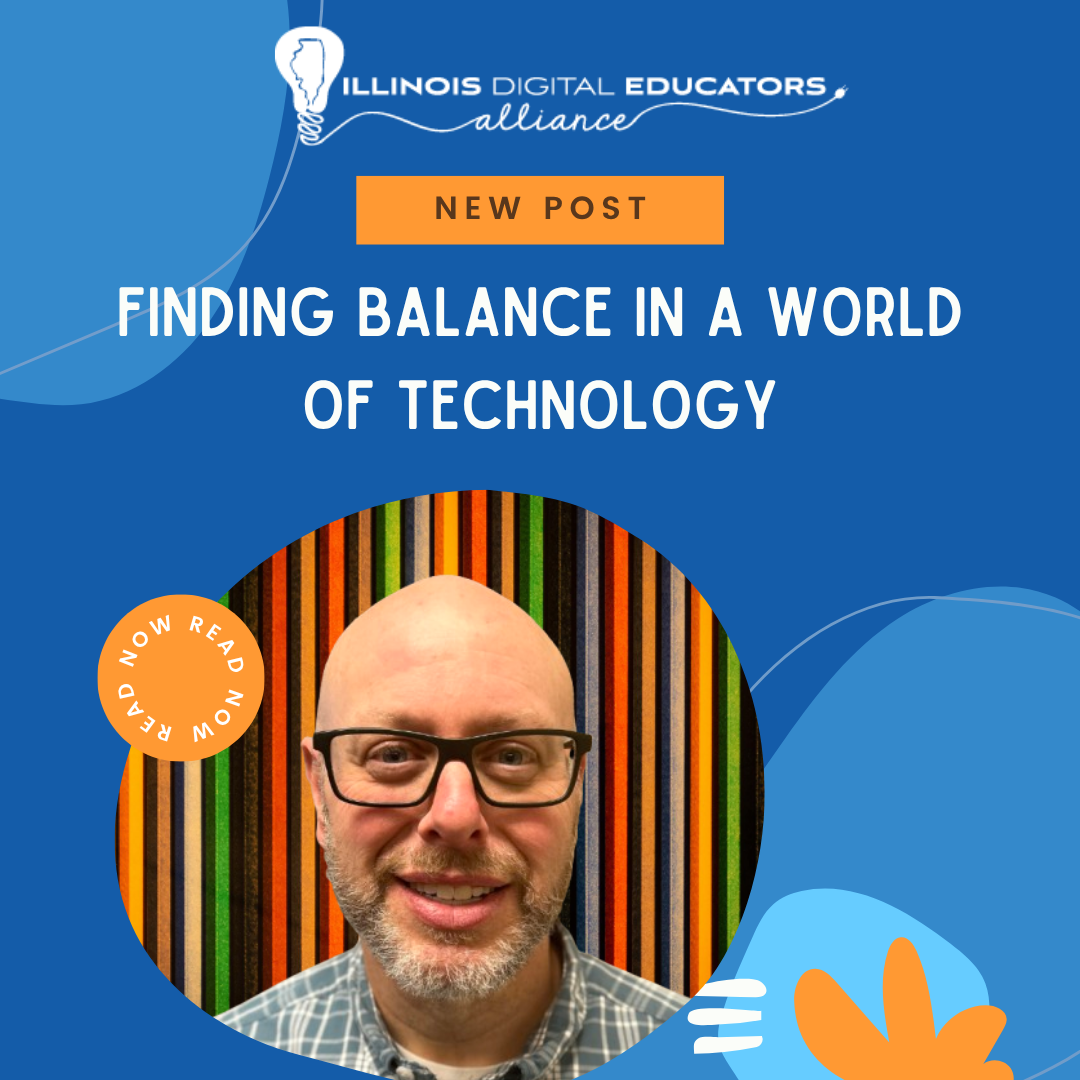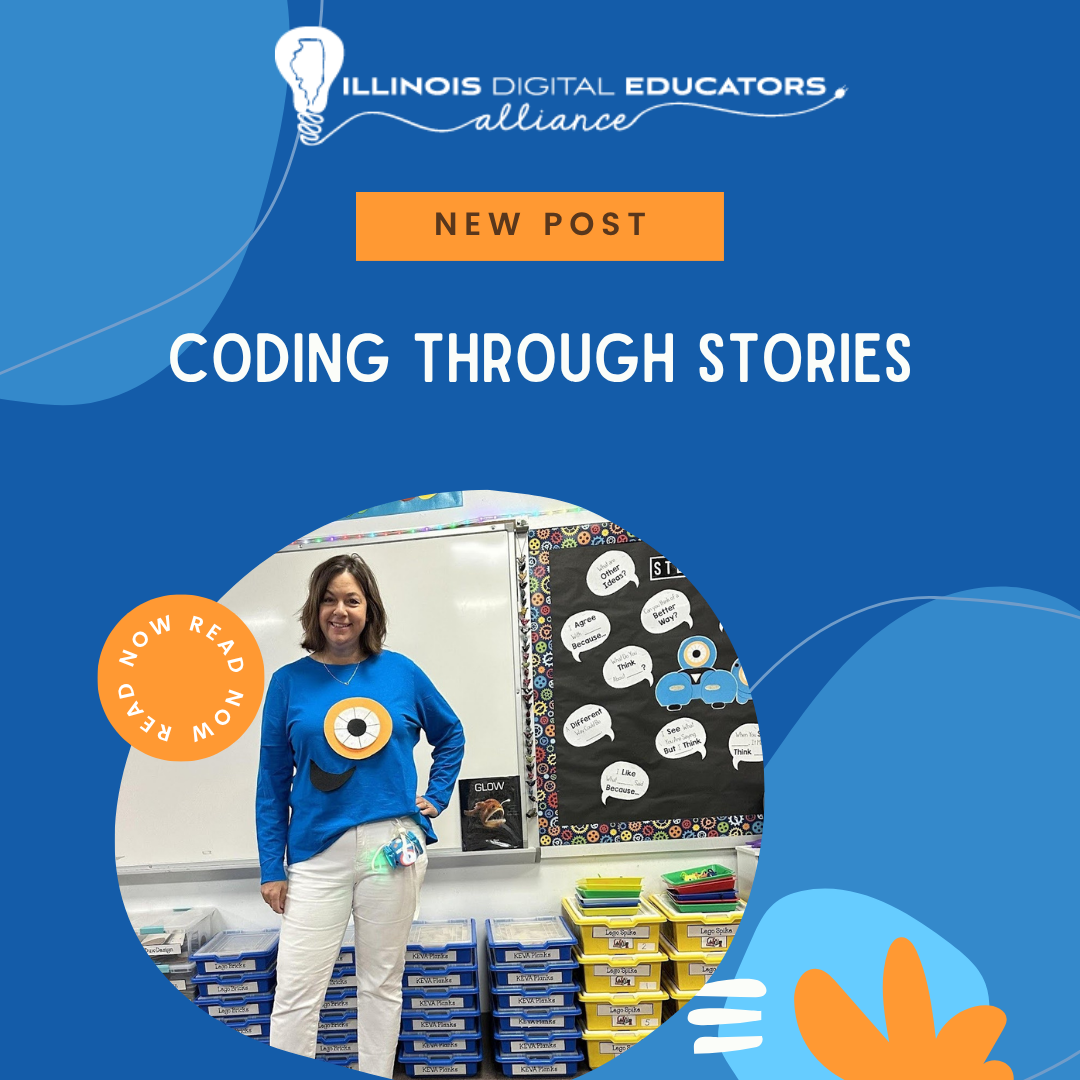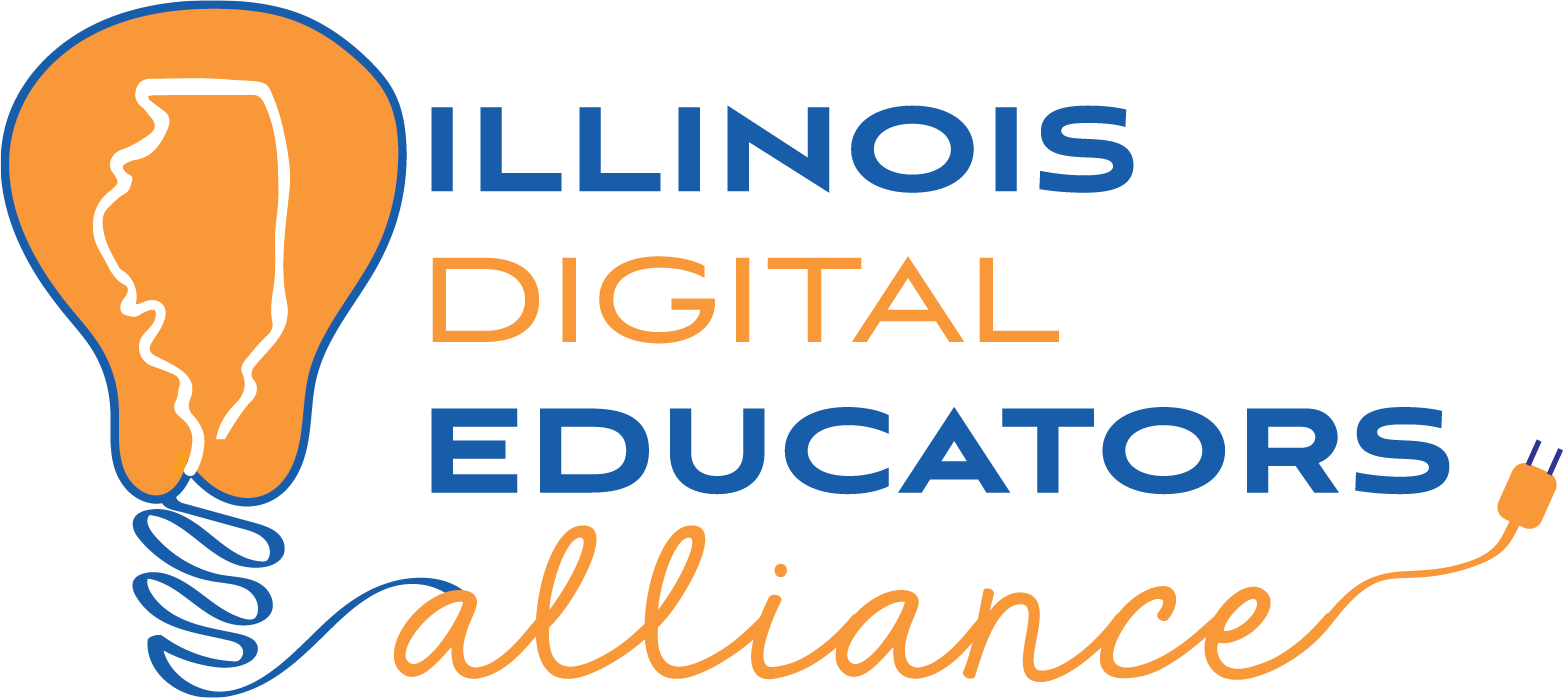Advocacy Day is the Perfect Forum to Show How Literacy and STREAM Learning Collide in Our School Library
Some people stumble when they try to decide what to call me and what to call the space I teach in, somehow assuming that the word “library” alone will bring about images of those silent, spiritless rooms of yesterday where kids simply check out books and leave. They aren’t entirely wrong - as a matter of fact, folks outside of the education world are still dumbfounded when I tell them I don’t just check out books all day long! There is a huge misconception as to what school libraries are all about and many people, including lawmakers, are failing to see the power that school libraries have to redefine learning and create learners who thrive on collaboration, creativity, and critical thinking. This is exactly why we need events like Advocacy Day. We need a forum that will allow our students a voice to bring awareness to the amazing things happening in our classrooms and in our libraries, especially in times where budgets are being cut and school libraries are disappearing.
I see Advocacy Day as a perfect opportunity for my students to showcase just how STREAM learning (we cannot forget the “R” for reading!) has flourished in our school and changed the way we approach literature in our library. Thanks to what I have coined “BlueSTEM Challenges,” our students now do more than just read - they use literature as a springboard to engage and connect with hands-on activities such as creative makerspace projects, engineering challenges, coding, and robotics. The Bluestem Book Award program is a Reader’s Choice Award for 3rd-5th graders in Illinois. Named after our state grass, the Bluestem Award program encourages students to read a variety of diverse and engaging books and then vote for the nominee they feel most deserves the recognition of being named a Bluestem Award winner. In my “BlueSTEM Challenges,” we read a Bluestem book together and follow it up with a STREAM activity designed to help students make connections to and further their understanding of the text.
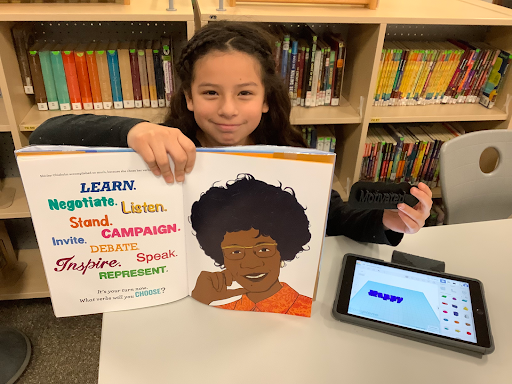
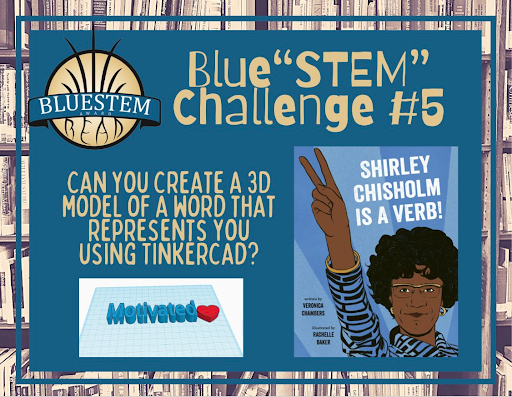
Of course, none of this could be possible without the funding to support our school initiative of bringing more STREAM learning opportunities into the hands of our students. Only when our state lawmakers see the excitement in our students’ eyes as they explain how they have learned to code robots, design and build 3D models, and execute engineering feats will they understand their important role in funding our schools to be the dynamic and engaging hubs of innovation our students need them to be. And maybe… just maybe, they will finally realize that school librarians are not just checking out books all day long but are instead providing learning opportunities that will mold our students into passionate, lifelong learners!

Kristy Gilbert is a 3rd - 5th grade school librarian in Orland Park. In addition to being the driving force behind her library’s recent recognition as an “Exemplary School Library” by the Association of Illinois School Library Educators (AISLE), she is also an Apple Teacher, an Apple Learning Coach, and an ISTE Certified Educator. Her dynamic library program is centered around the tenets of STREAM Learning, Digital Citizenship, and Information Literacy and has helped earn her school the distinction of being an Apple Distinguished School.
This blog was originally published on March 22, 2023


